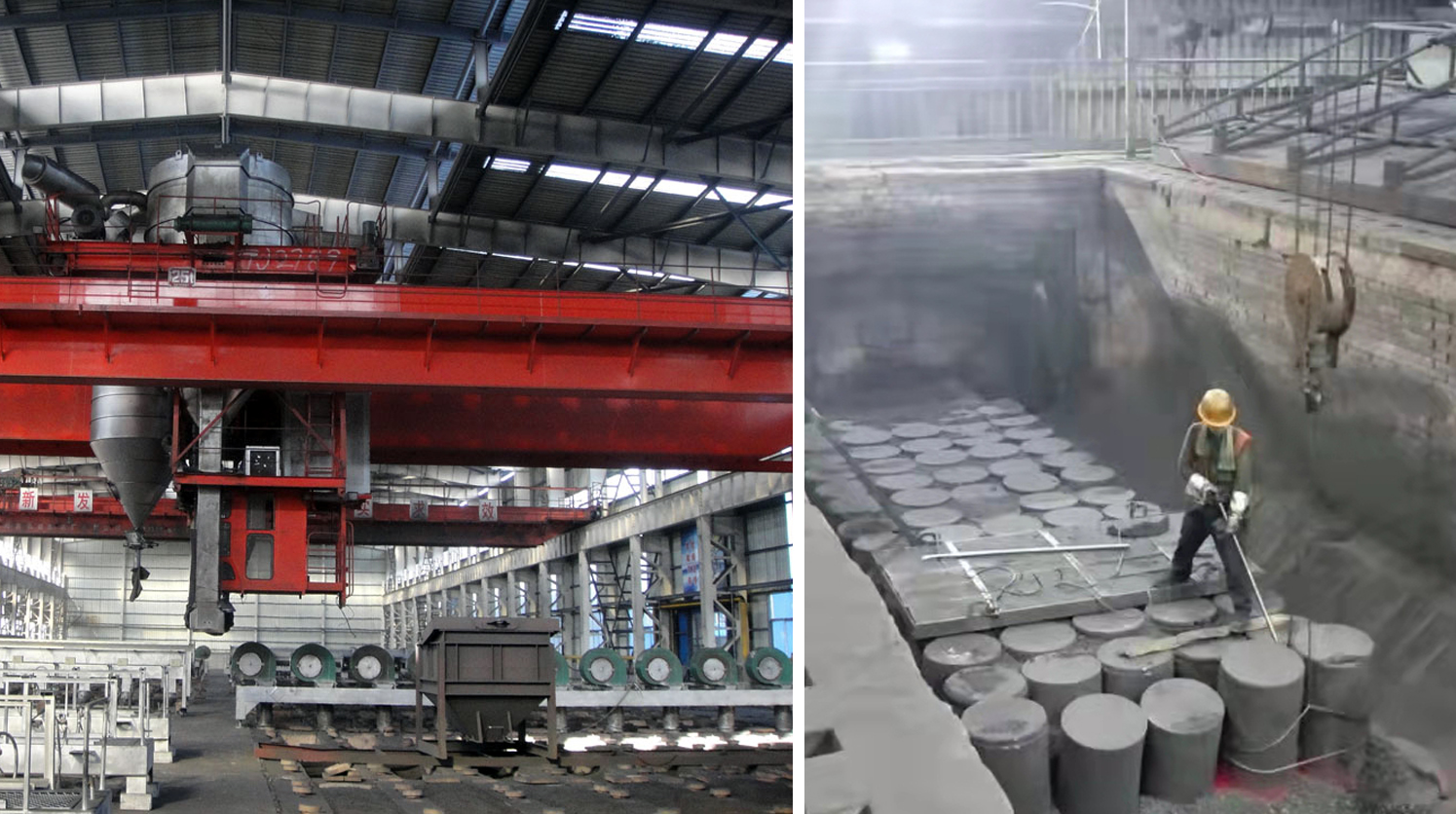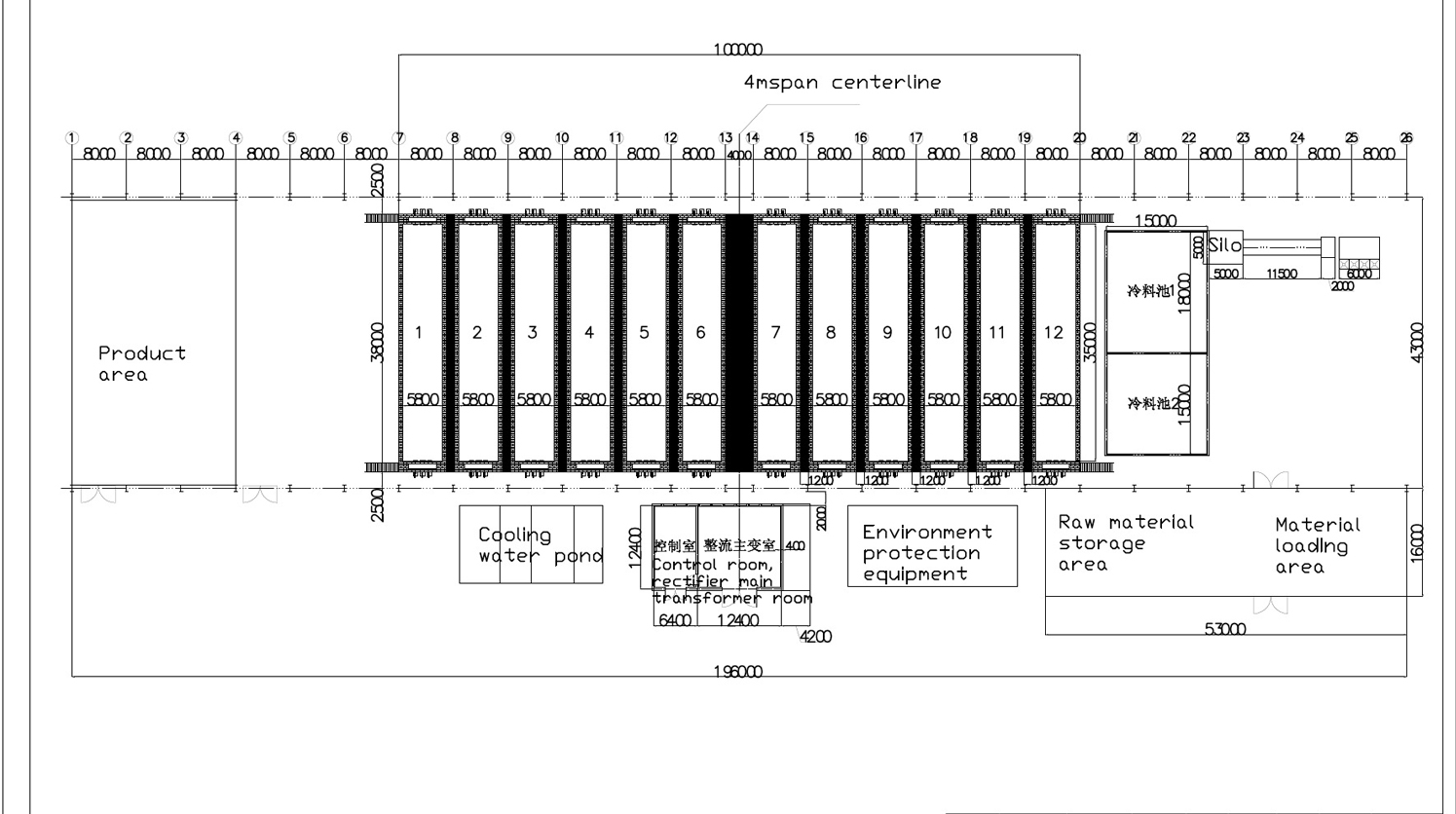Graphitization Processing
The anode electrode material determines the overall performance of the lithium battery, including energy density, cycle life, rate capability, expansion, etc. At present, the mainstream products are artificial graphite and natural graphite. Although natural graphite has advantages in cost and specific capacity, its cycle life is low, and The consistency is lower than that of artificial graphite, so artificial graphite is mainly used in the field of power batteries. Graphitization accounts for about 50% of the cost of artificial graphite, and is an important processing link of artificial graphite.

The graphitization process uses thermal energy to realize the orderly transformation of unstable carbon atoms from a turbostratic structure to a graphite crystal structure. The energy source of atomic rearrangement and structural transformation is high temperature heat treatment. With the increase of the treatment temperature, the D002 (graphite interlayer spacing) gradually becomes smaller, and it changes significantly when it reaches 2300°C. When it reaches 3000°C, the malting tends to be slow until the whole graphitization process is completed.
Graphitization is a key process in anode preparation, which can significantly affect the performance of anode materials. The anode electrode preparation process is mainly divided into raw material pretreatment, mixing, granulation, graphitization, screening, etc. Both granulation and graphitization have high technical barriers.

Graphitization refers to the process of heating the material according to a certain heating curve until the material is converted into a graphite product, which can significantly improve the specific capacity, compaction density, electrical conductivity, chemical stability and other properties of the anode electrode material.
The specific process of graphitization is mainly divided into the following steps:
put the main material into the graphite crucible evenly, then hoist it by the crane and put it flat into the graphitization furnace, put the resistance material into the graphite crucible at the core of the furnace, and wrap it outside. Cover the insulation material, and fill the furnace body with Tianmin Renxin to install the furnace together.
After the furnace body is full, the electrodes on both sides of the graphitization furnace are energized and heated, and the temperature in the furnace rises to 2800C-3000C.
Finally, the carbonaceous material in the crucible is subjected to high temperature heat treatment to make it have the characteristics of graphite crystal structure. After heating, let it stand to cool until the material returns to normal temperature.
Classification of Graphitization Furnaces:
The graphitization process of artificial graphite anode is mainly divided into batch method and continuous method. The batch method includes the crucible method and the box method. Graphitization accounts for about 50% of the cost of the anode electrode, and it also has a great impact on the performance of the anode electrode. At present, most of the mainstream anode electrode enterprises in China use the crucible method. However, the energy consumption and cost of the crucible field method are relatively high, and there are also problems in environmental protection.
The crucible method mainly uses the Acheson furnace or the inner string furnace, and the box method mainly uses the box furnace to complete the graphitization production.
The crucible method is the current mainstream route. At present, my country's carbon manufacturers and anode manufacturers generally use crucible furnaces. The crucible method has mature technology, simple structure, strong and durable. However, it has many defects, such as large environmental problems, large heat loss, low utilization rate of volatile matter after heating, unstable product quality, and difficulty in automation.
Box-type graphitization can greatly reduce energy consumption and save costs. The box-type graphitization is based on the Acheson graphitization furnace, and a carbon plate box is set in the furnace, which is equivalent to the enlargement of the crucible ruler, thereby bringing a higher single-furnace output. At the same time, the box-type method uses the box and materials. Heat generation, saving the amount of thermal insulation resistance material, theoretically lower cost. However, the disadvantage of the box furnace is that the larger box body makes the temperature distribution in the furnace uneven and the material uniformity is poor. Therefore, the box-type method has higher requirements for the degree of graphitization process mastery and technical optimization level than the crucible method, and the box-plate splicing process has higher precision, more difficult charging and suction operations, and more precise control of the power transmission curve during the heating process. and temperature measurement.
Prominer have good relations with those engineering design companies in China who specialize in designing and project service for anode material graphitization process and furnaces construction and can provide full plant solution for oversea anode graphitization project.
